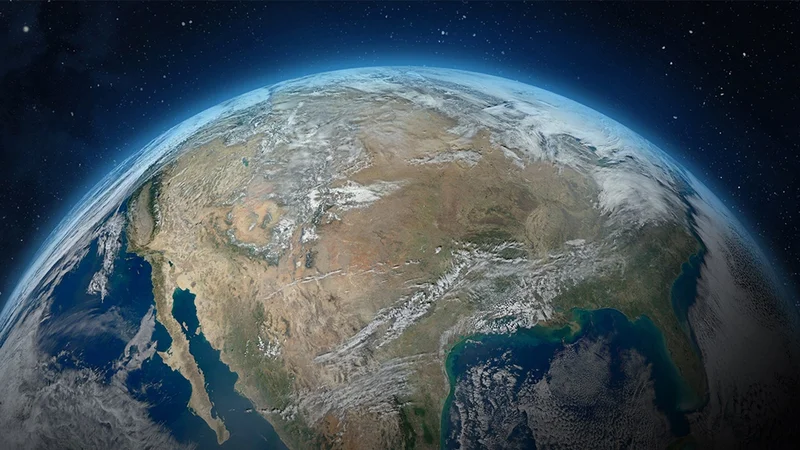The race to secure rare earth elements is heating up, and Greenland is increasingly being touted as a potential El Dorado. The promise is tantalizing: vast, untapped mineral deposits that could loosen China's grip on these critical resources. But before we uncork the champagne, let's take a sober look at what's actually on the table.
Critical Metals, for example, is staking its claim on the Tanbreez project, a 15 sq km (9.3 sq miles) site in southern Greenland. CEO Tony Sage envisions "two pits initially," extracting what he believes is a "treasure trove of valuable metals." The narrative is compelling: a Western company stepping up to challenge Chinese dominance.
But here's where the data gets interesting – or, perhaps, raises more questions than it answers. While Tanbreez is described as "among the largest of several rare earth deposits found in Greenland," the actual recoverable quantity of these resources remains, shall we say, speculative. What percentage of that 15 sq km is actually minable? What are the ore grades? These are crucial details, and they're conspicuously absent from the readily available information.
Operating in Greenland isn't like setting up shop in Nevada. We're talking about a remote, Arctic environment. That translates to higher infrastructure costs, logistical nightmares, and a shorter mining season.
Consider the infrastructure alone. Roads, ports, power generation – all of it needs to be built from scratch, or significantly upgraded. The cost of doing business in such an environment adds a "Greenland premium" to every tonne of ore extracted. And this is the part of the report that I find genuinely puzzling. How can these companies make a profit if they have to build all this infrastructure?

And then there's the political risk. Greenland is an autonomous territory within the Kingdom of Denmark, and its government is sensitive to environmental concerns and the rights of indigenous communities. Securing the necessary permits and navigating the regulatory landscape could be a long and arduous process.
In short, Greenland's rare earth deposits are not a plug-and-play solution to the West's supply chain vulnerabilities. They represent a high-risk, high-reward proposition.
So, what's the real story? Is Greenland a genuine contender in the rare earths race, or just a convenient talking point for companies looking to attract investment?
Based on the available data, it's too early to say for sure. The potential is undoubtedly there, but the challenges are equally significant. Without more transparency on the actual economics of these projects – the recoverable reserves, the ore grades, the operating costs – it's impossible to make a definitive call. And until those numbers are crunched and verified, Greenland's rare earth dreams remain just that: dreams.
Greenland's promise rests on potential, not proven results. Until the data catches up with the hype, skepticism is the only rational position.